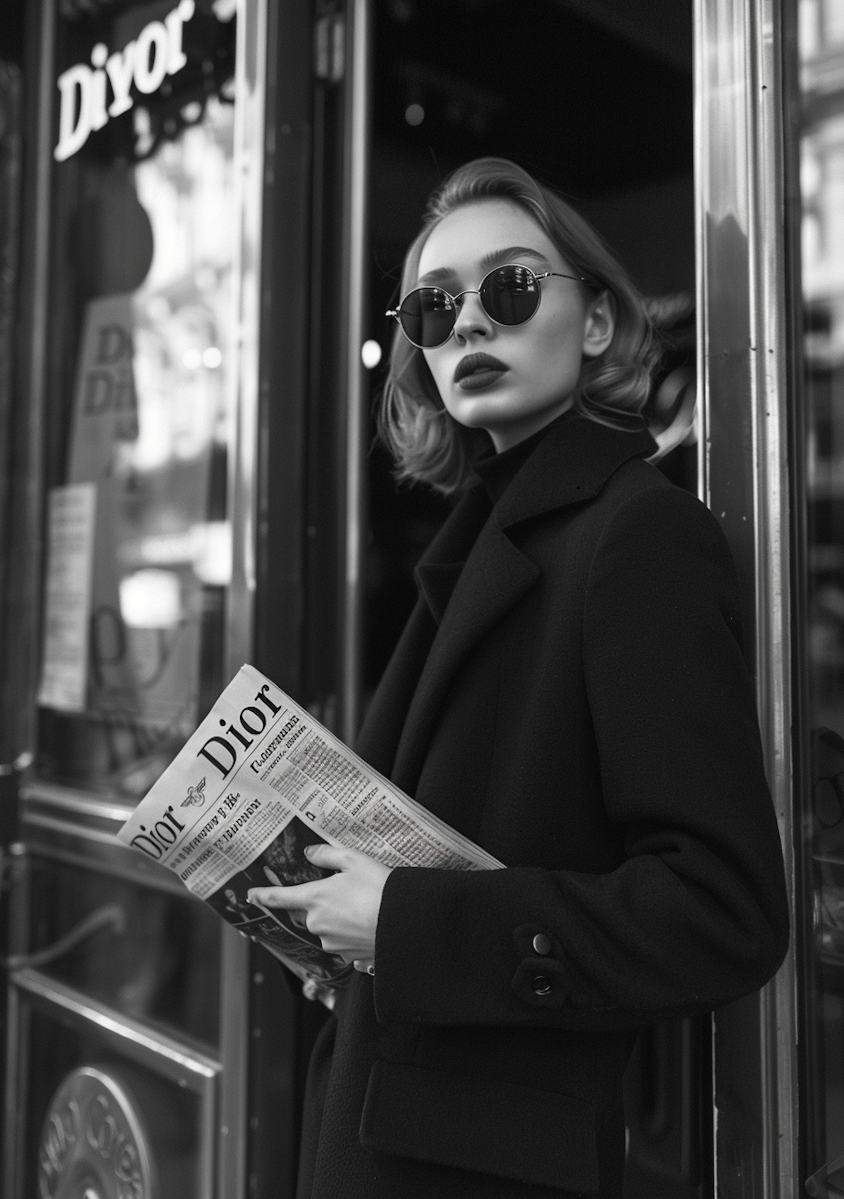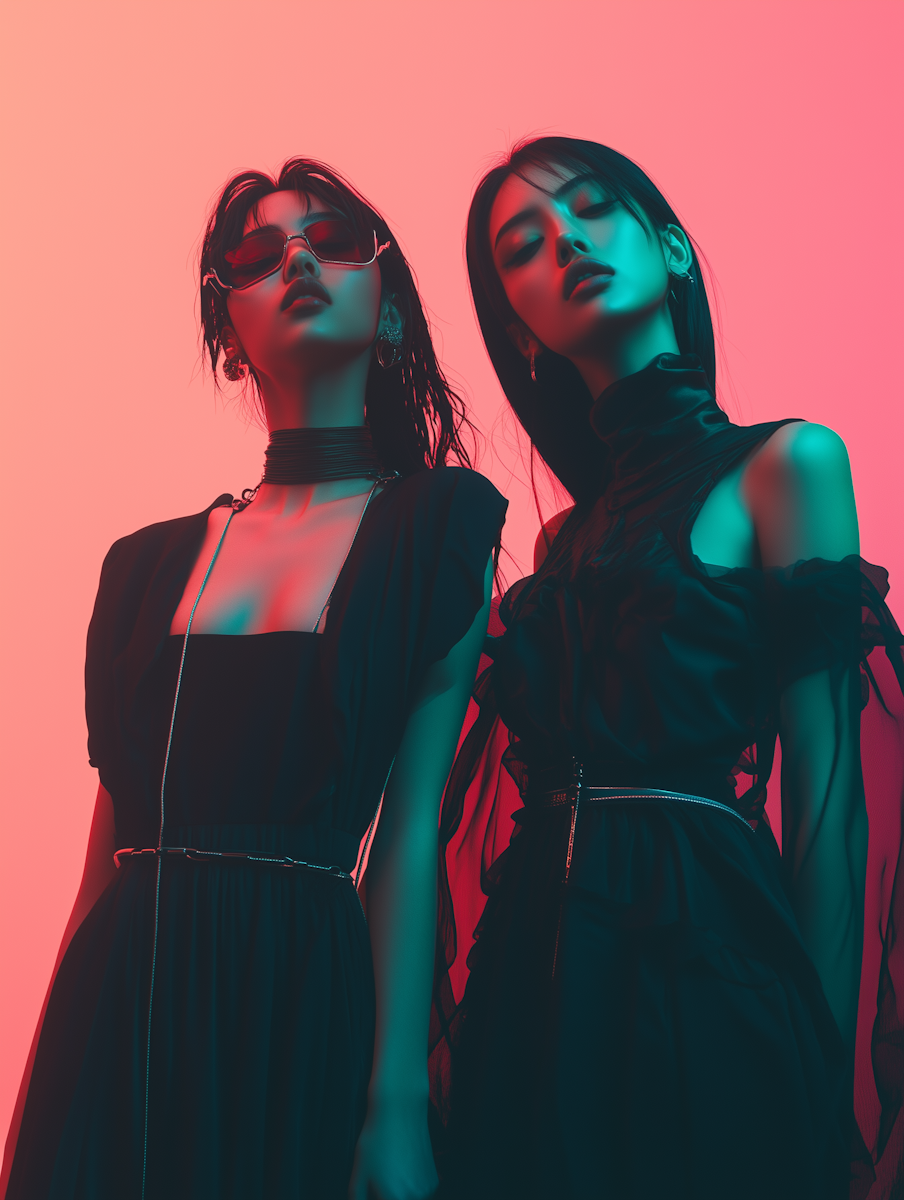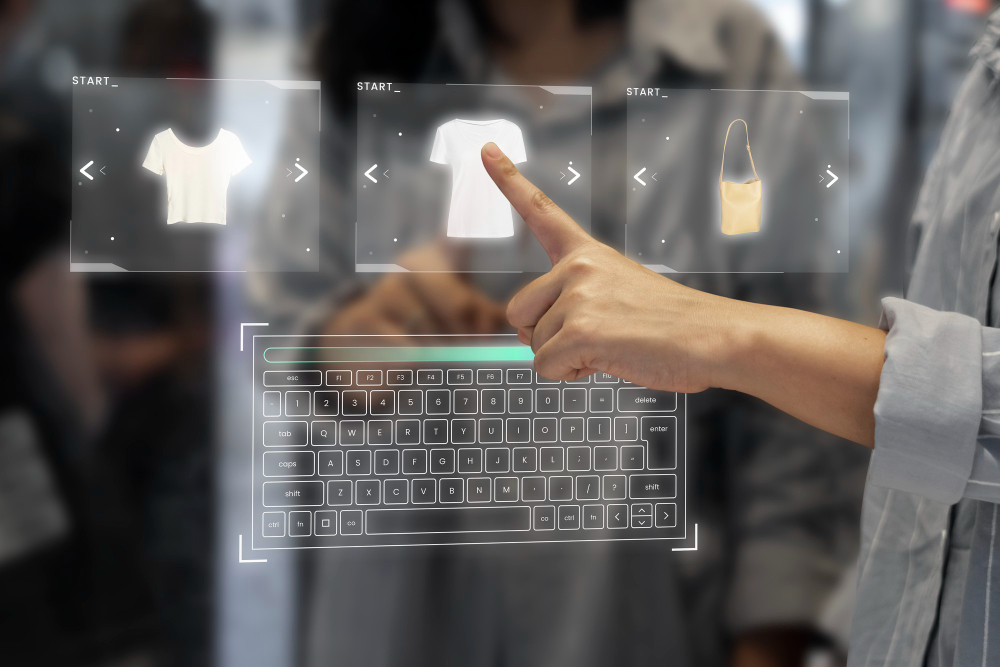Table of contents
When it comes to landing your dream job, first impressions really do matter. While your resume and qualifications are crucial, how you dress for a job interview can significantly impact how potential employers perceive you. Dressing appropriately not only reflects your professionalism but also shows that you understand the company’s culture and respect the opportunity.
In this blog post, we’ll explore how to dress for a job interview across different industries, what to avoid, and how to balance confidence with comfort—because the right outfit can set the tone for a successful conversation.
Why Does Dressing for a Job Interview Matter?
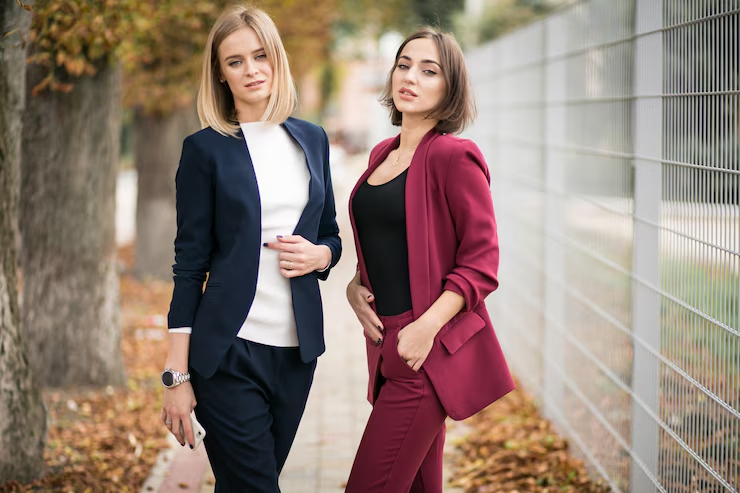
Before you even speak, your attire sends a message. Dressing professionally conveys:
- Respect for the interviewer and the position.
- Preparedness and attention to detail.
- Understanding of industry expectations.
- Confidence and self-awareness.
When you dress for a job interview properly, you show you’re serious about the opportunity and understand the importance of presentation.
What to Wear Based on Industry
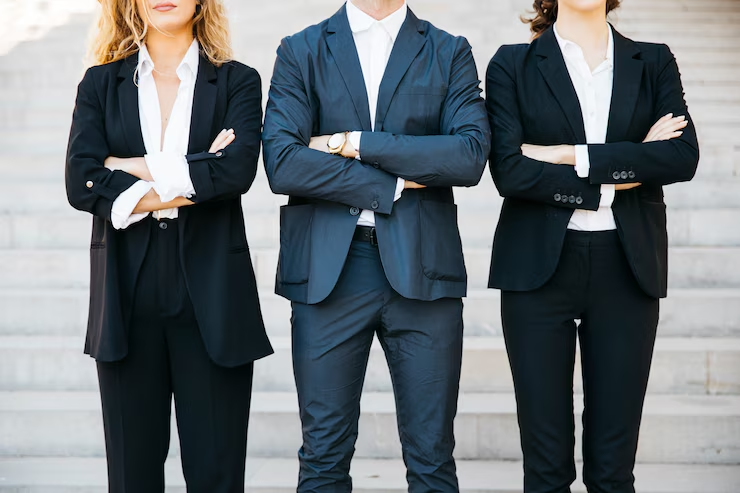
Different industries have different dress codes. Here’s a breakdown:
1. Corporate/Finance/Legal
Go for: Classic business formal – tailored suits, conservative colors like navy, gray, or black. Button-down shirts, ties for men, and close-toed shoes.
Avoid: Bright colors, flashy accessories, or casual shoes.
2. Creative Fields (Marketing, Media, Design)
Go for: Business casual with a touch of personality – blazers, smart trousers, dresses with clean lines, minimal but stylish accessories.
Avoid: Too casual (ripped jeans, hoodies) or overly flamboyant attire.
3. Tech Industry
Go for: Smart casual – chinos, blouses, cardigans, neat sneakers or loafers.
Avoid: Overdressing (three-piece suits may look out of place) or too laid-back outfits.
4. Trade Jobs or Manual Labor Roles
Go for: Clean, neat, and simple – polo shirts, pressed slacks, or clean jeans. Safety shoes if applicable.
Avoid: Dirty, wrinkled, or overly flashy clothing.
Tips for Dressing for Any Interview
- Grooming Matters: Tidy hair, clean nails, and good hygiene are essential.
- Fit is Key: Clothing should fit well—not too tight or too loose.
- Keep It Simple: Avoid heavy perfume or cologne, loud patterns, or distracting jewelry.
- Plan Ahead: Choose your outfit the day before to avoid last-minute stress.
- Confidence is Your Best Accessory: When you feel good in what you’re wearing, it shows.
Gender-Neutral Interview Dressing Advice
- Stick to neutral colors like black, navy, beige, and gray.
- Choose structured clothing (e.g., blazers, button-ups) that gives a professional silhouette.
- Footwear should be clean, professional, and comfortable.
- Accessories should be subtle, such as a watch or simple bag.
What NOT to Wear to a Job Interview
- Wrinkled or stained clothing
- Athletic wear, shorts, or flip-flops
- Overly revealing clothing
- Clothing with offensive or inappropriate logos
- Distracting colors or accessories
5 Frequently Asked Questions About How to Dress for a Job Interview
Not necessarily. It depends on the industry. Corporate jobs may expect a suit, while creative or tech companies may prefer business casual.
Jeans are generally not recommended unless the company culture supports it (e.g., startups or trade roles), and even then, they should be dark, clean, and well-fitted.
Yes, but keep them minimal and professional. A watch or simple necklace is fine, but avoid anything too flashy or noisy.
Neutral tones like navy, gray, black, and beige work best. They convey professionalism and don’t distract from your conversation.
Research the company. Check their website, LinkedIn photos, or reach out to HR to ask about appropriate attire for the interview.
Final Thoughts
Learning how to dress for a job interview is about more than fashion—it’s about communication. The right outfit reflects your understanding of the role, your respect for the interviewer, and your readiness to take on new responsibilities. Whether it’s a high-powered boardroom or a creative office, tailoring your look to suit the setting can give you the edge you need.
Prepare your outfit like you prepare your answers: thoughtfully, professionally, and with confidence.



